This time Mediamax Sport’s “Armenian Athletes and the 1915” project reflects on the Armenian Olympic Games in Constantinople and the ethnic clashes between the Armenians and the Turks.
Armenian Olympic Games and the athletes’ enthusiasm
The Armenian clubs, athletes as well as the advocates of healthy and strong generation in the Ottoman Empire gradually arrived at the idea that a sporting event encompassing and uniting all Armenians should be organized.
Starting from 1910, individuals engaged in sports, among them Shavarsh Krissian and Vahram Papazian were simply dreaming of Armenian Olympic Games.
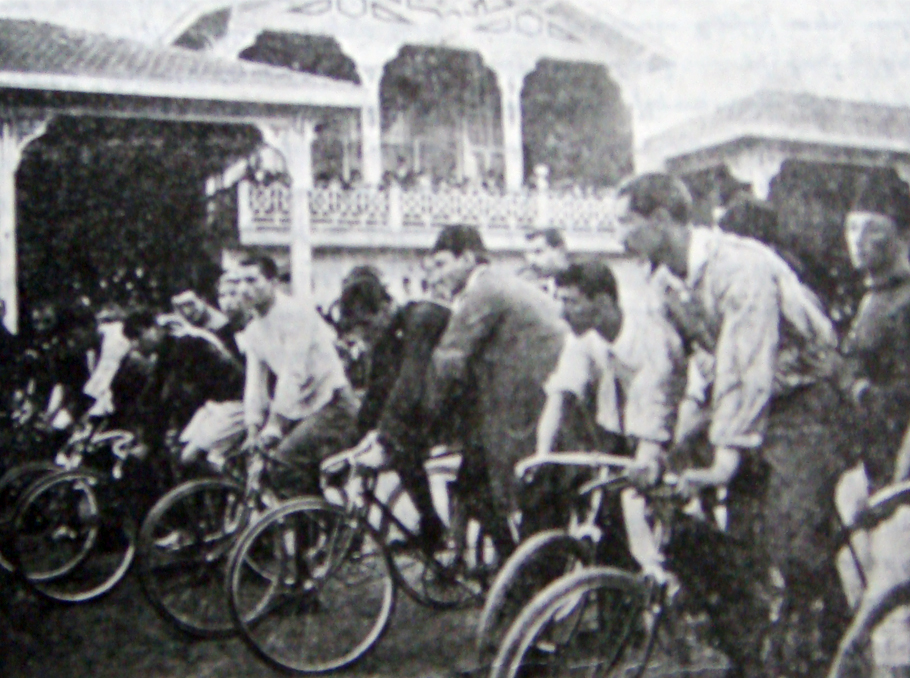
Photo: “Marmnamarz” periodical
A year later, Sunday, May 1, 1911, the competition organized by the Armenian clubs and unions started in the “Field of Kadıköy Union Club”. They were then deemed the first Armenian Olympic Games. It marked the start of Homenetmen (Armenian General Union of Body Culture).
20 Armenian clubs adhering to various streams and ideas took part in this event. The athletes competed in around 16 sports – 100-yard dash, shot put, high jump, half-mile run, cycling, football, running race between the clubs, etc.
The prizewinners received medals with a “May 1, 1911” note and the club-winner took a medal and the cup.
Excited by this united event, Armenians decided to hold such events every year. They aimed to attract not only Armenians from the Ottoman Empire to participate in the competitions but also Armenians settled in other countries.
The following games which were better organized than the first one took place three times. The opening of the third Armenian Olympics took place under the aegis of Armenian Patriarch of Constantinople Zaven Ter-Yeghiayan and with the chairmanship of great archimandrite Komitas.
The last Armenian Olympics were held in 1914.
Ethnic revolts, the victories of Armenians and the 1915
Such free and unconstrained events were obviously a matter of concern for the Young Turks. The Turkish authorities gradually started resorting to deterrent measures noting that Armenians demonstrate nationalistic attitude during their sporting events.
Around 3000 Armenian, European, Greek and Turkish fans as well as Turkish high-ranking officials attended the football match between Turkish “Galatasaray” and Armenian “Baltaliman”. Armenians won with a score 5-0.
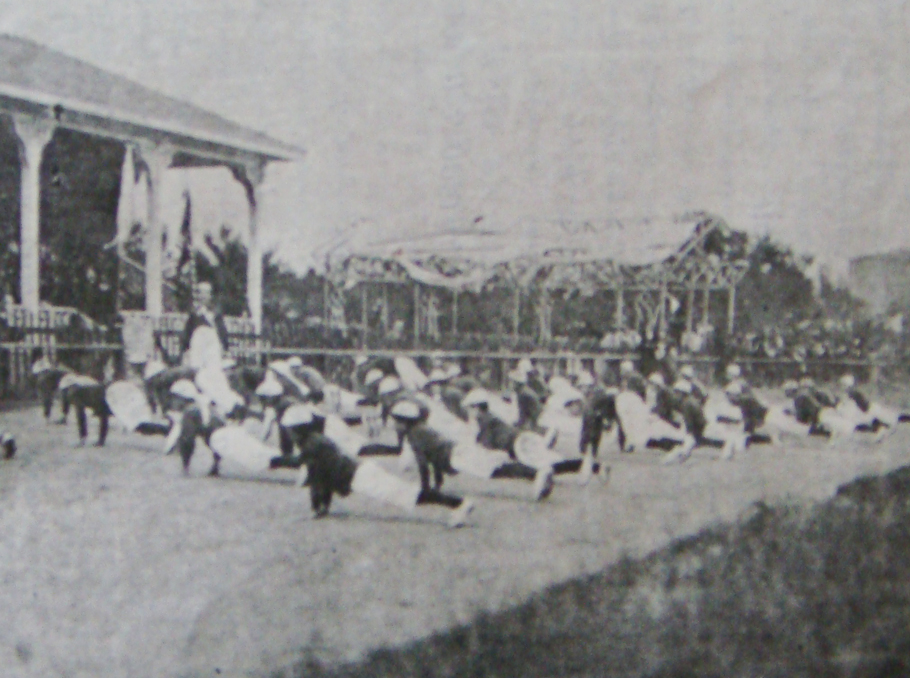
Photo: “Marmnamarz” periodical
The Turks responded to Armenians’ joy asking why they are distinguishing between Armenians and Turks as they are both Ottomans.
“Why the Ottoman peculiarities are taken into account only when the there is a need for taking advantage of the assets of the Armenians but are ignored when it comes to destroying and plundering?” - Shavarsh Krissian responded in an article in “Marmnamarz”.
The sporting events between the Armenians and the Turks were not perceived as purely sports. Not only the Turks were inciting ethnic clashes but also the Armenians. After each scored victory the Armenians would say that it was natural as Armenian athletes stood higher than their Turkish peers.
The conflicts were gradually strengthening and the Young Turk authorities were becoming more aggressive and intolerable. “Artavazd” club was put on trial. A few months later Armenian sports clubs were closed by the order of the Turkish governors. Already in 1915, almost all Armenian sports clubs in the Ottoman Empire were closed.
Gohar Nalbandian, Hasmik Babayan
The article features quotes from “Marmnamarz” periodical and the following books - “Armenian Sports and Physical Education in the Ottoman Empire” by Hayk Demoyan and “The Input of Armenians in the Ottoman Empire” by Hasmik Stepanyan.












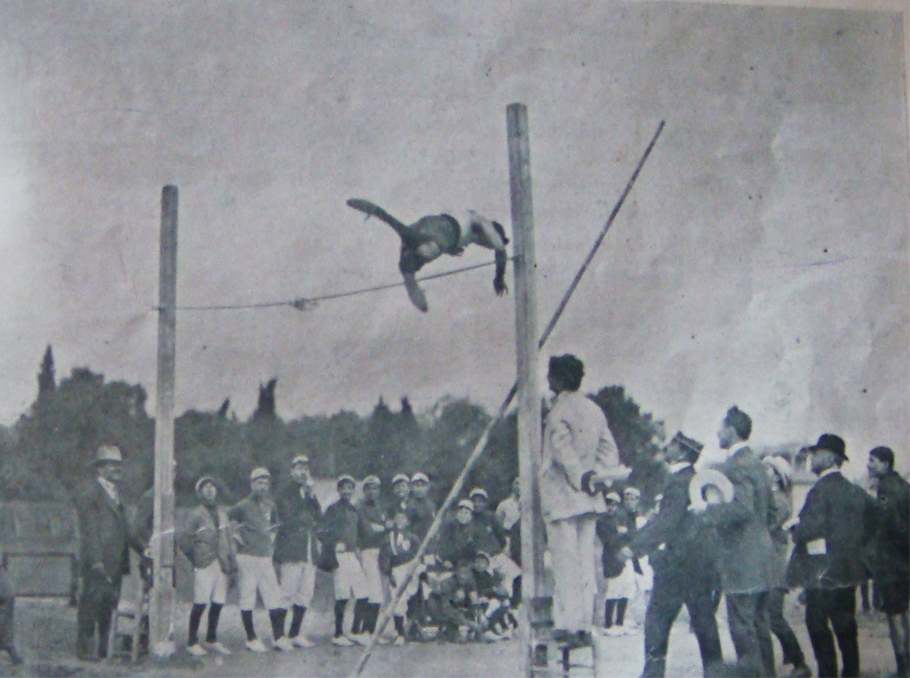
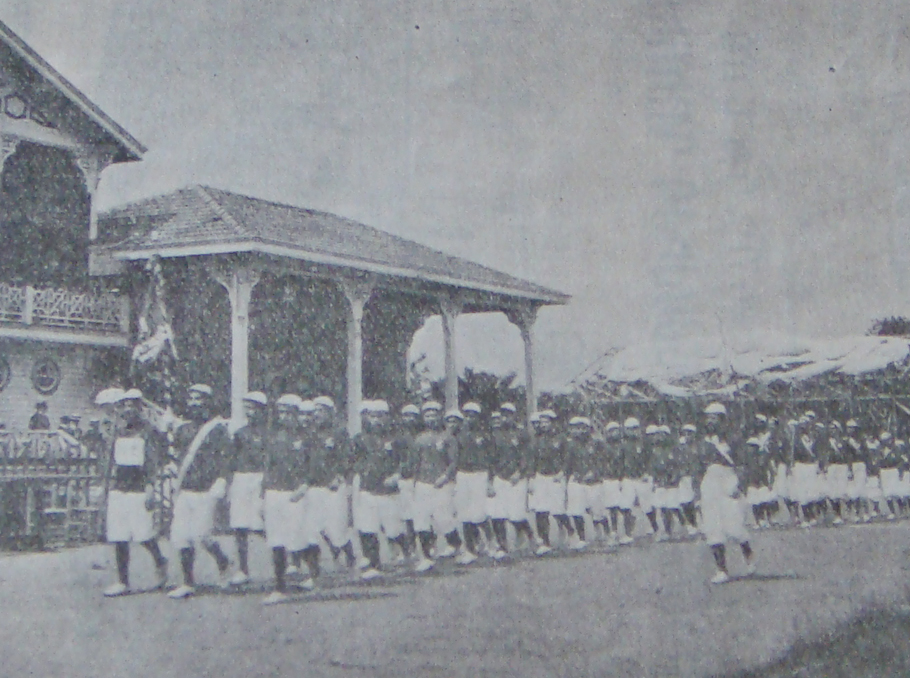
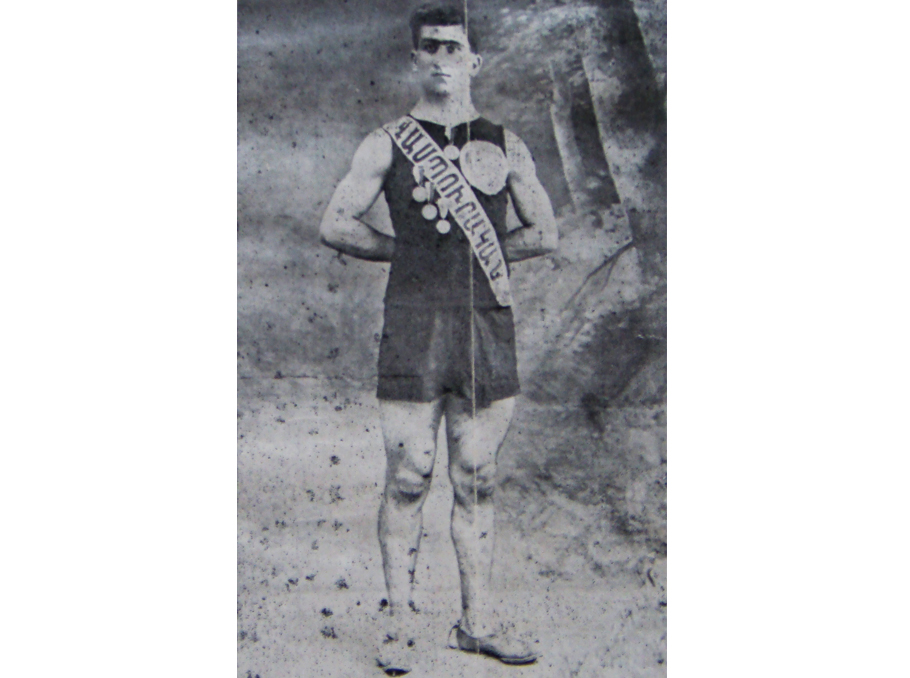
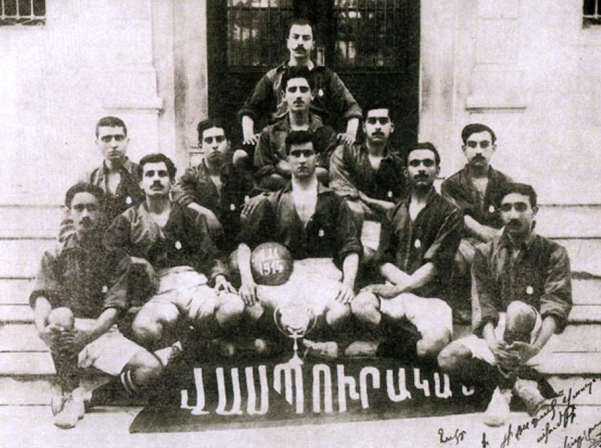
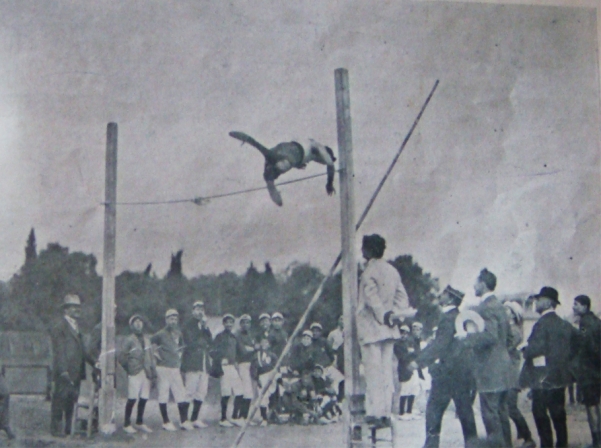
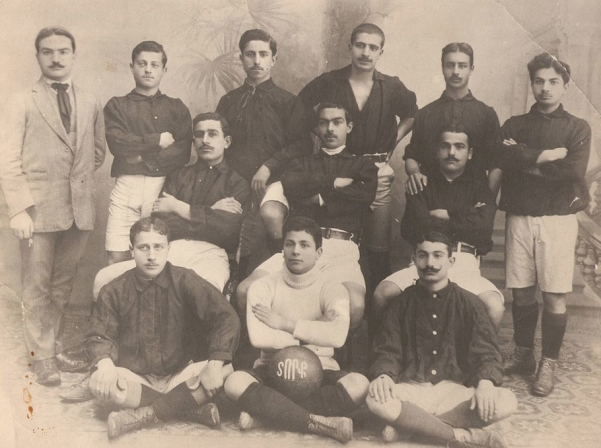
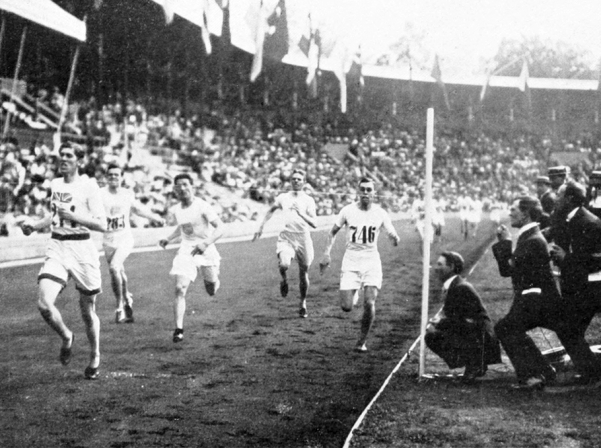




Comments
Dear visitors, You can place your opinion on the material using your Facebook account. Please, be polite and follow our simple rules: you are not allowed to make off - topic comments, place advertisements, use abusive and filthy language. The editorial staff reserves the right to moderate and delete comments in case of breach of the rules.